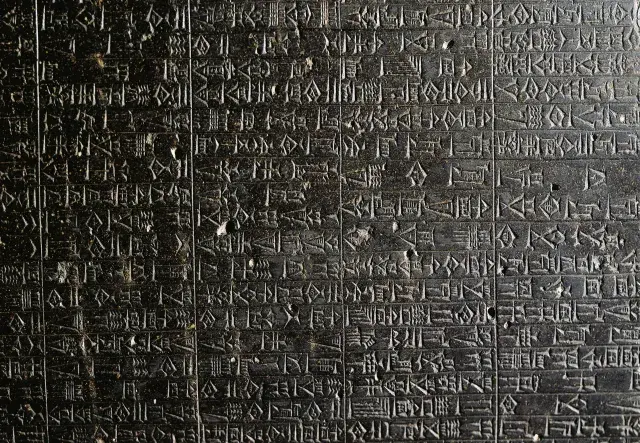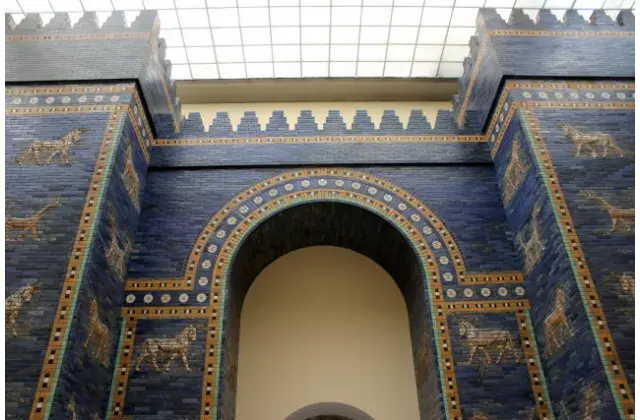The Code of Hammurabi (1728 BCE)

Hammurabi's law stele stands as an ancient and thorough set of laws from ancient Iraq. It mainly consists of made-up scenarios that people can use to think about how they might handle similar situations in their own lives. These scenarios cover various topics, such as harming others, following proper laws, managing fields, marriage, magic, and even mistakes made by doctors.
The laws inscribed on a stele were 282 and authored by Hammurabi, the king of Babylon. Hammurabi reigned over Babylon between 1792 – 1750 BCE who expanded the city state of Babylon and united all of southern parts of ancient Iraq, and later to the north all the way to Syria. He is now widely recognized for this legal stele, discovered in Iran in the early 1900s and presently displayed at the Louvre Museum. The laws are carved on a four ton black stone; at its top, stands a relief portraying Hammurabi receiving the law by Shamash, the Babylonian god of justice. This portrayal implies the divine sanction or authority behind the legal code, signifying that the laws were believed to have been derived from or authorised by a deity. The involvement of a god in the scene suggests the sacredness and divine endorsement of the legal principles Hammurabi sought to imply. The laws were compiled at the end of Hammurabi’s reign, and there is limited evidence indicating how extensively these laws were applied in daily legal matters. Instead, they are believed to represent and commemorate Hammurabi’s righteous and just leadership as well as his legal philosophy.
There were other sets of legal laws found in ancient Iraq during the reign of the Sumerians that predated Hammurabi’s laws. The earliest set of laws was the Code of Ur-Nammu from 2100-2050 BCE by the Sumerian King Ur-Nammu in the city of Ur. Therefore, Hammurabi’s laws are not the first set of laws but they are considered to be the most comprehensive set of laws. Hammurabi’s laws contain the earliest examples of legal proceedings; for example, according to Hammurabi’s laws, a person is considered innocent until proven guilty. This principle suggests that individuals should not be automatically assumed guilty but rather presumed innocent until evidence or legal proceedings demonstrate otherwise. This concept serves as an essential foundation for modern legal systems, emphasising the need for evidence before assigning guilt to an individual.
This article was written by Renas Babakir and is licensed under CC BY-NC 4.0.






